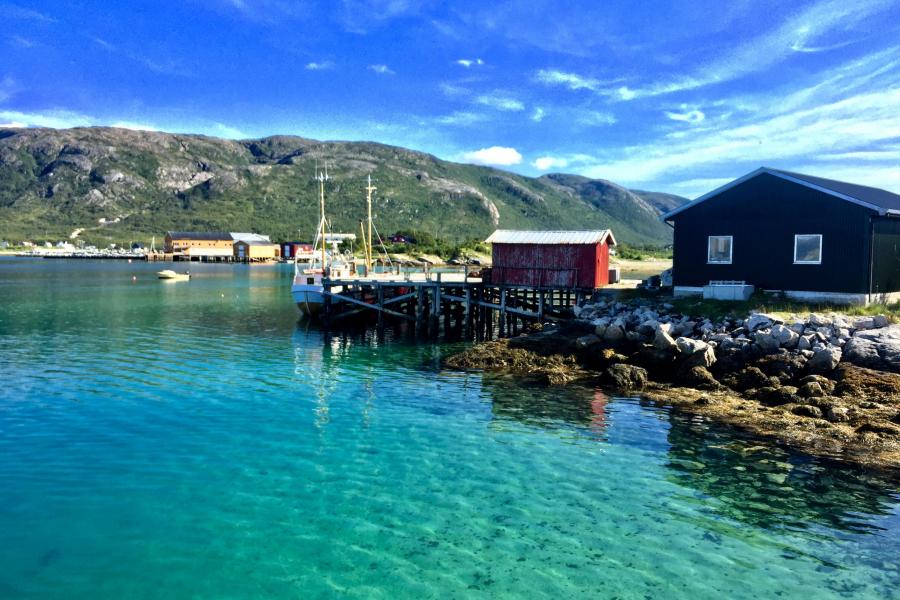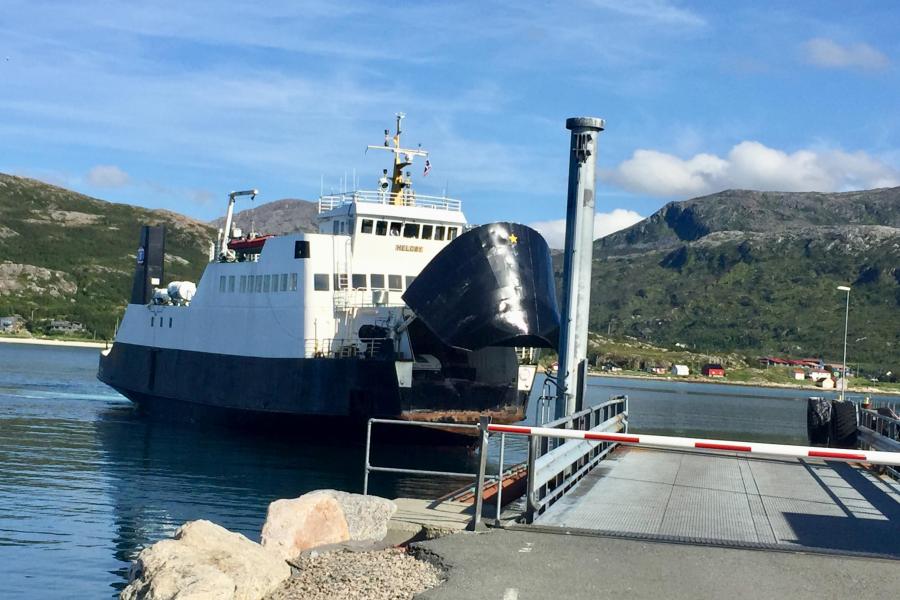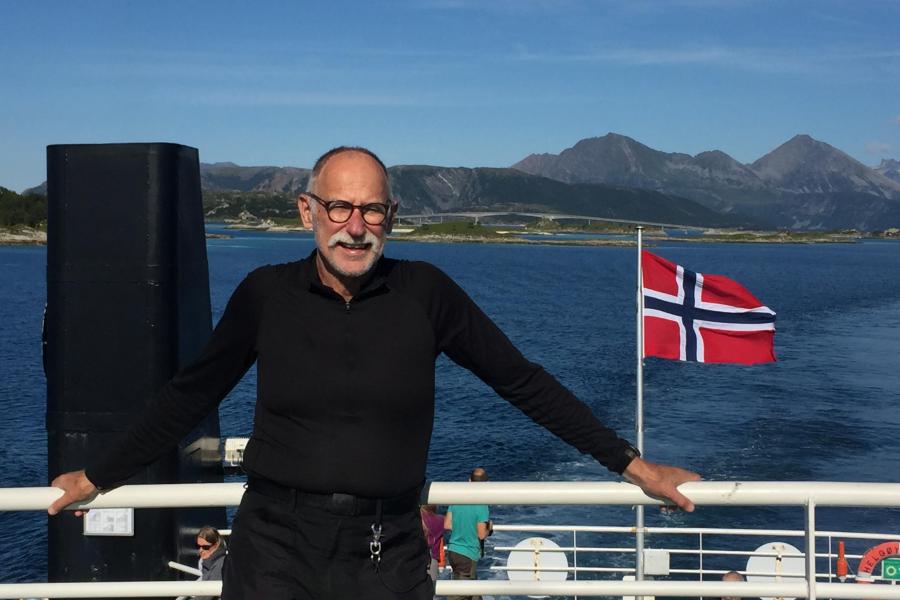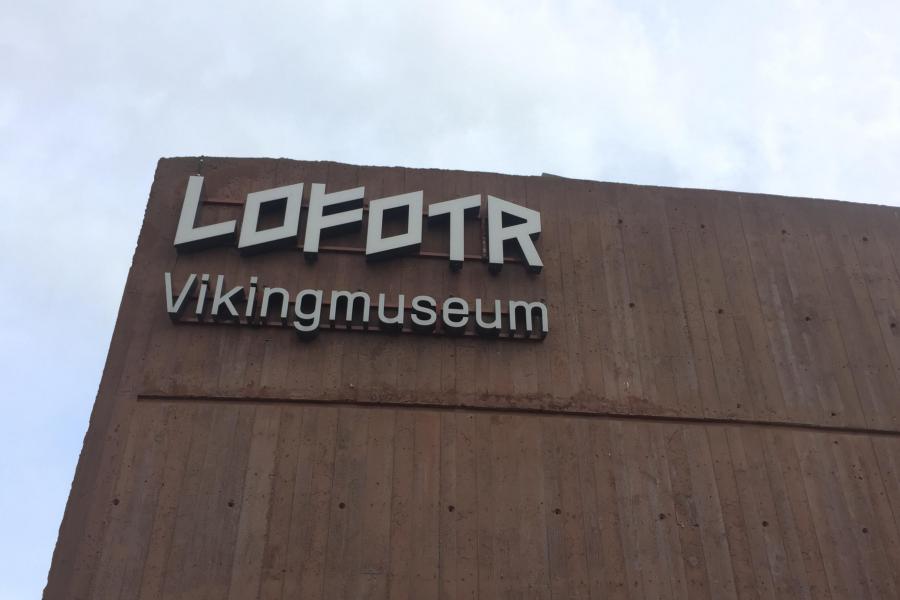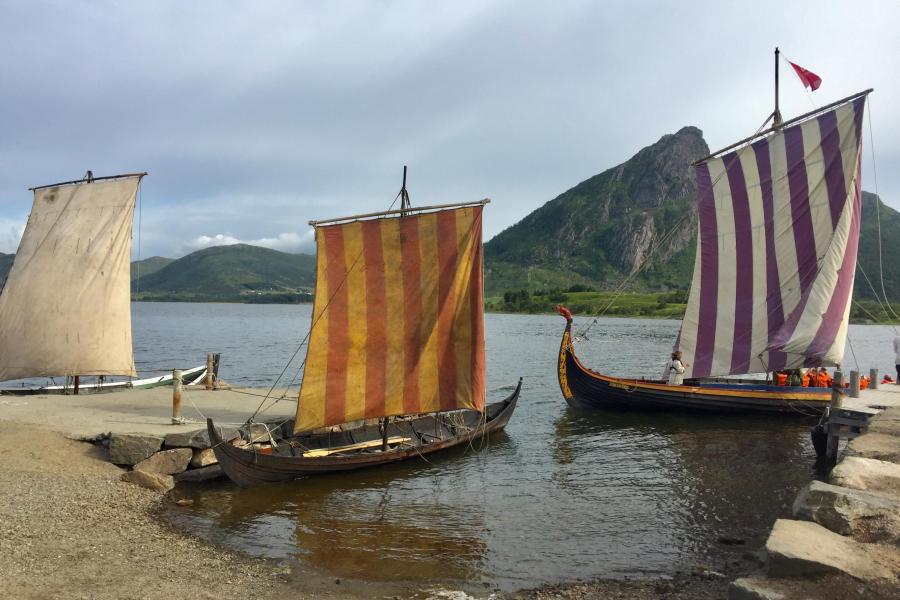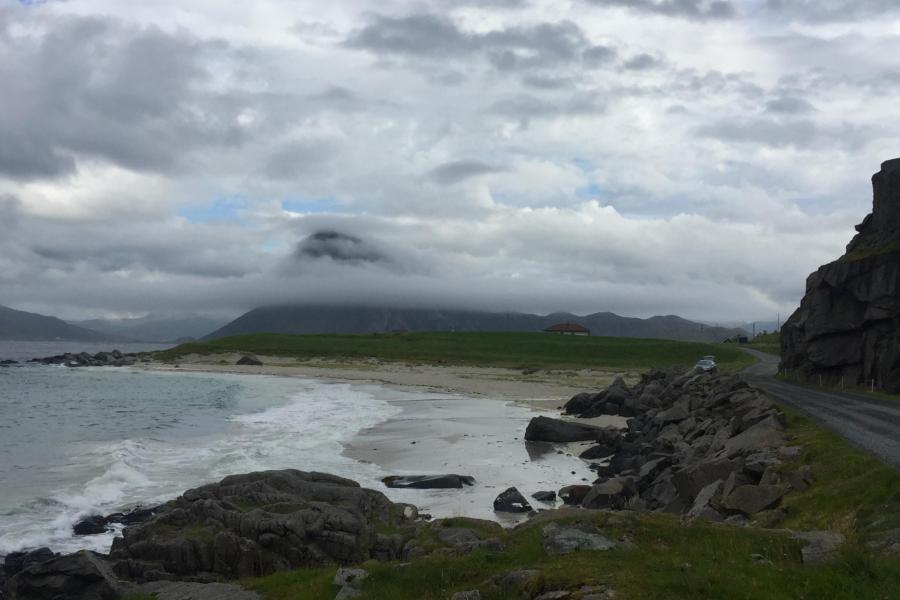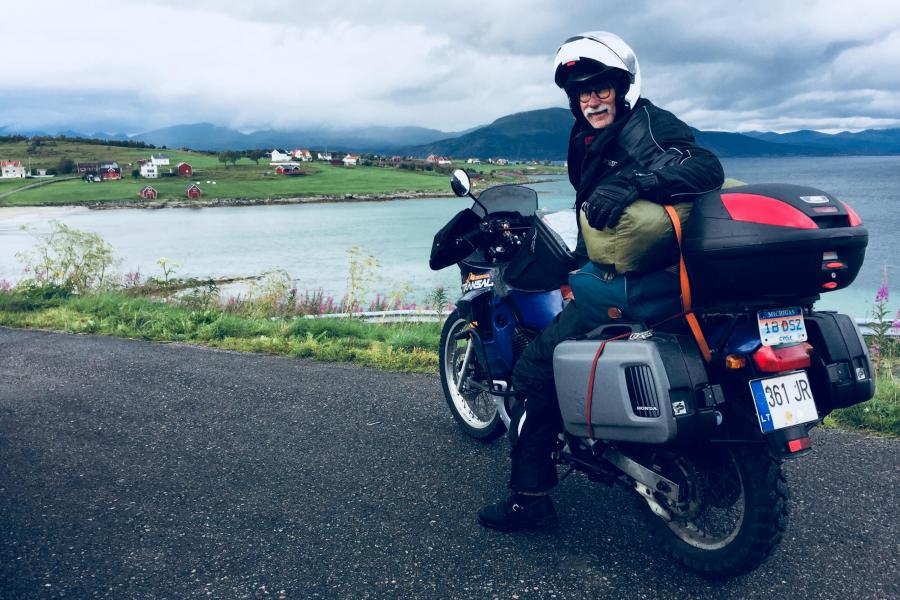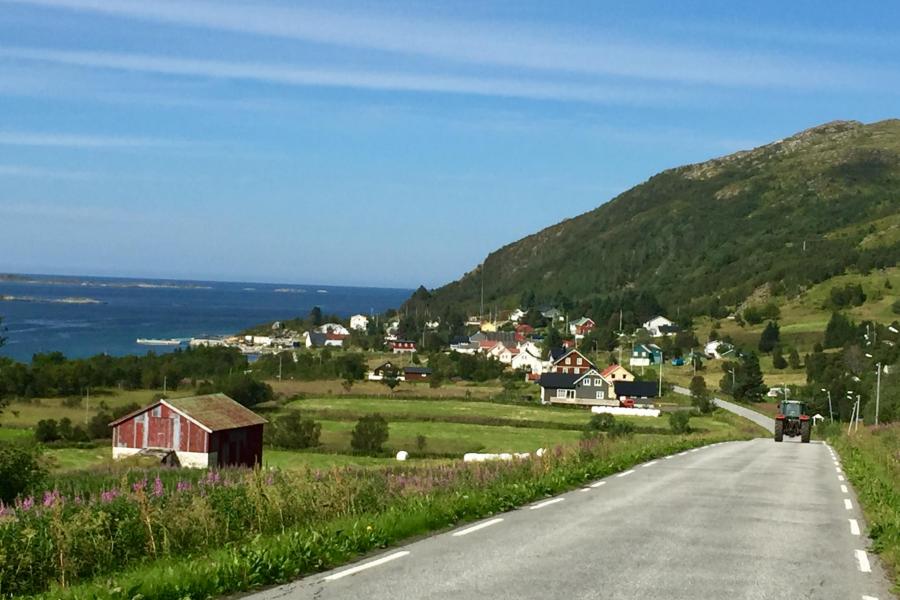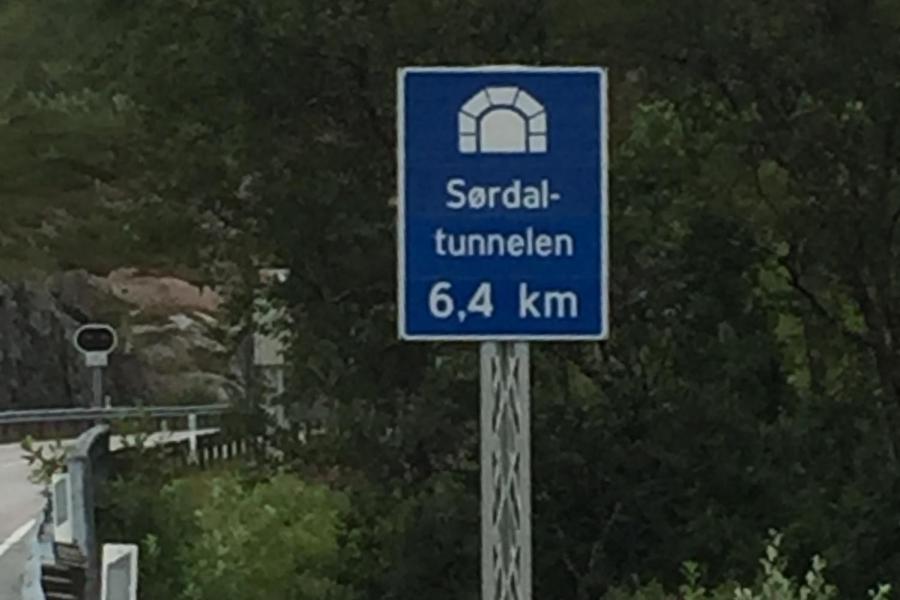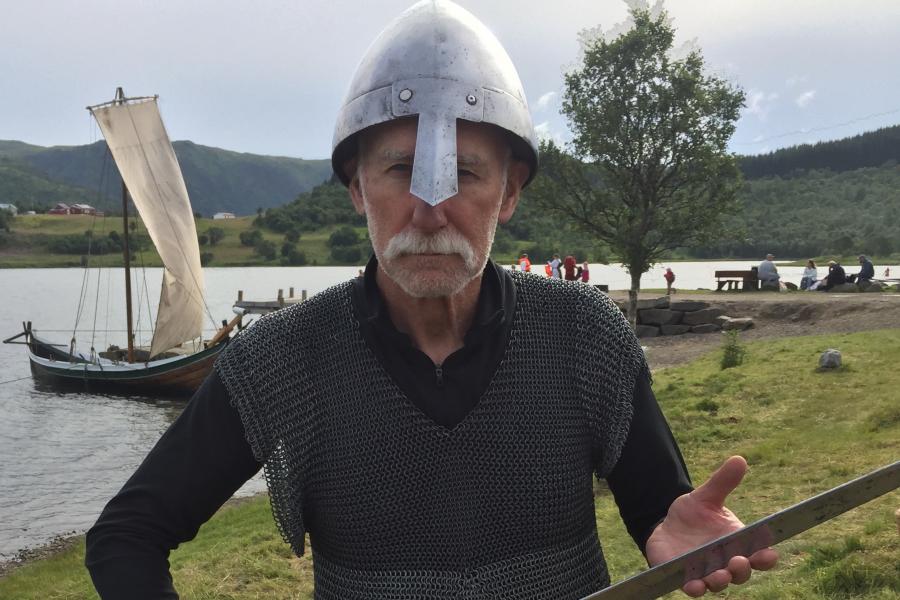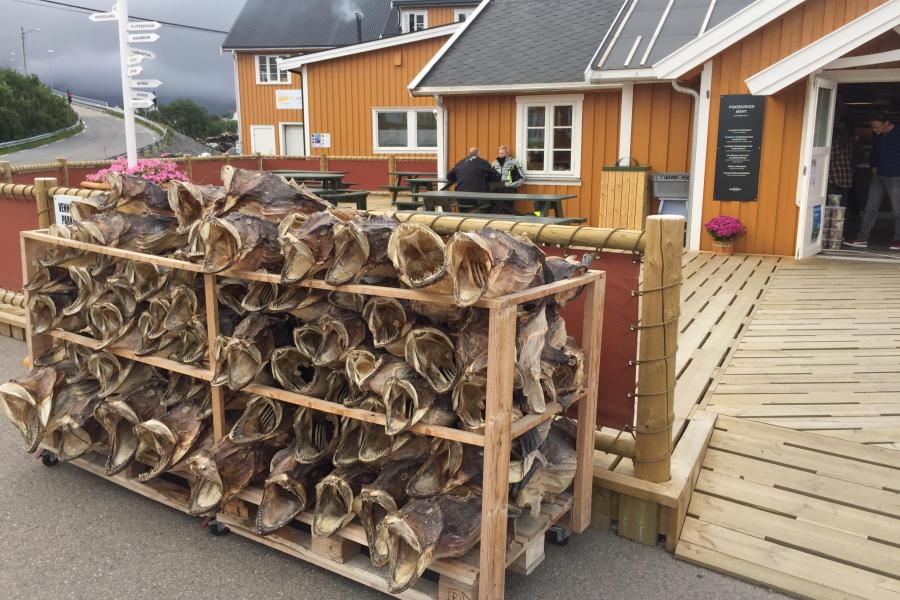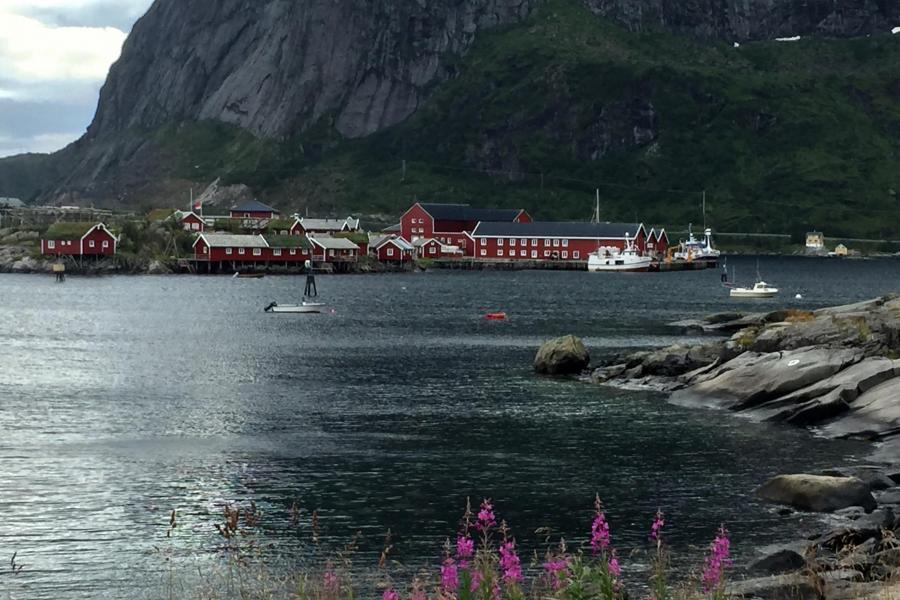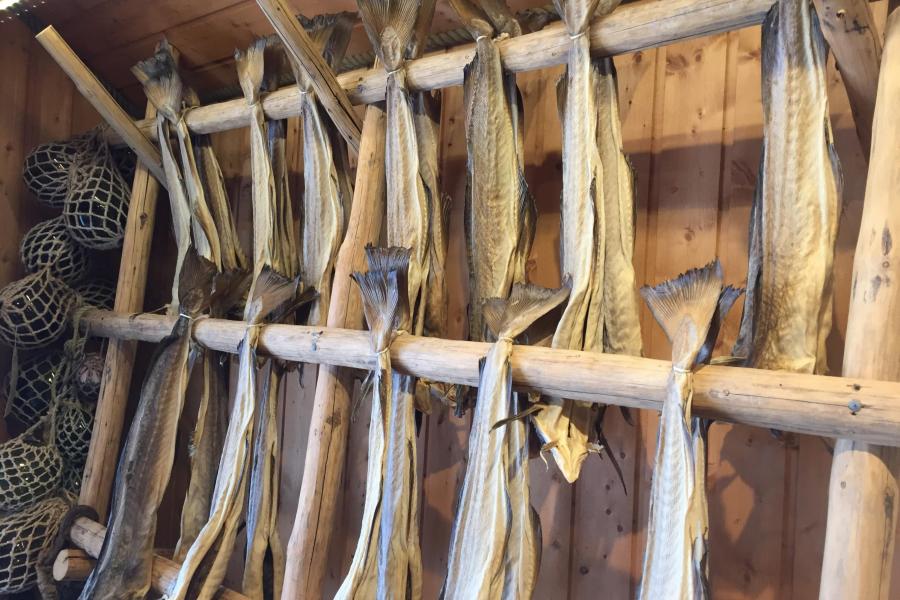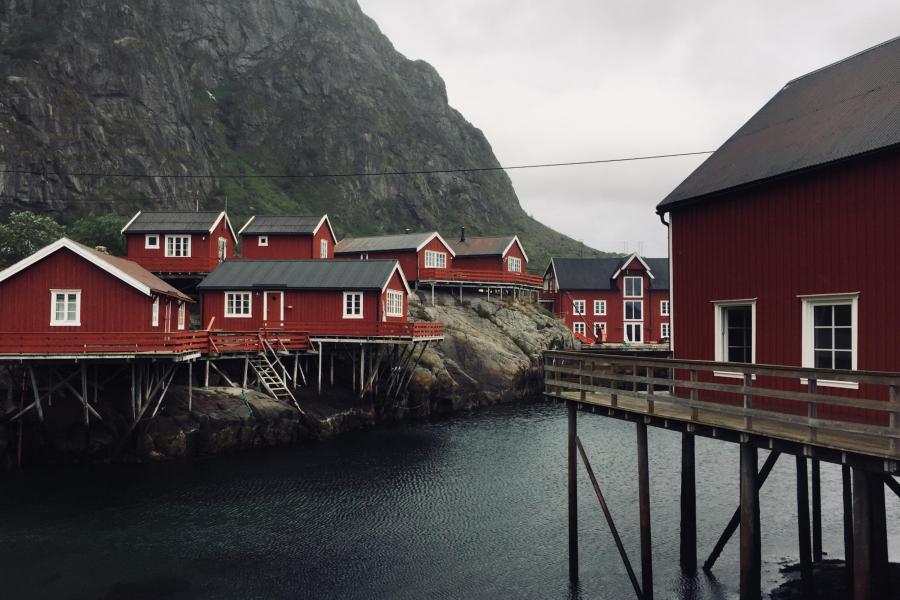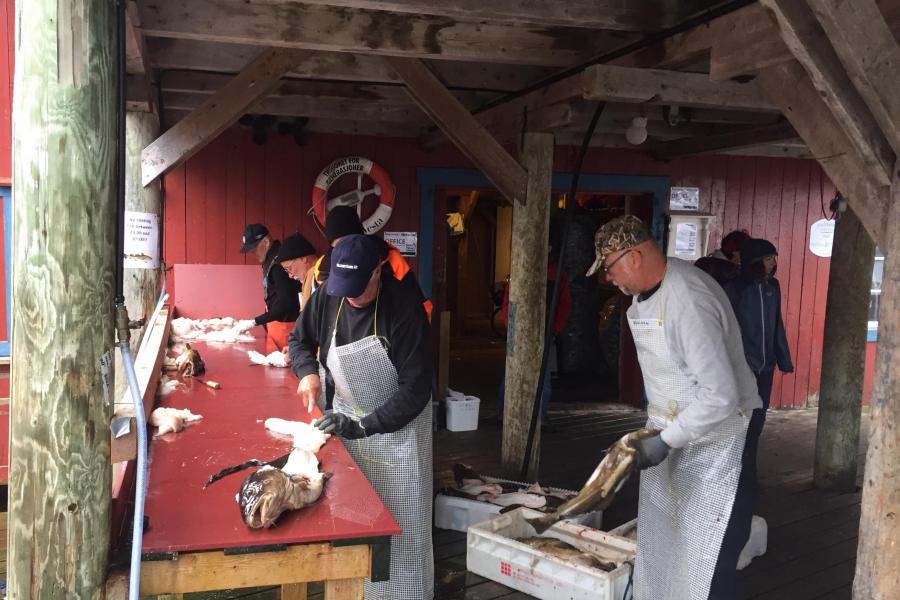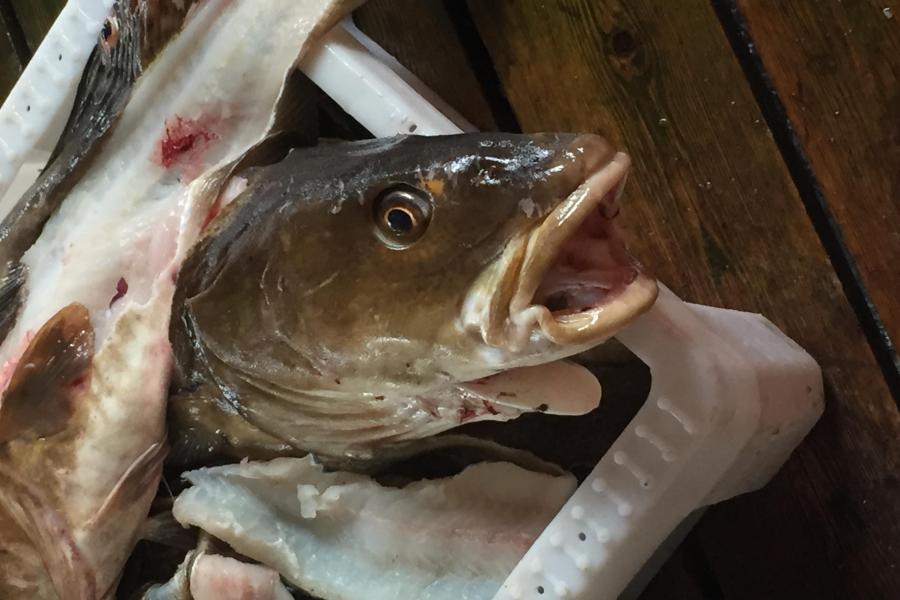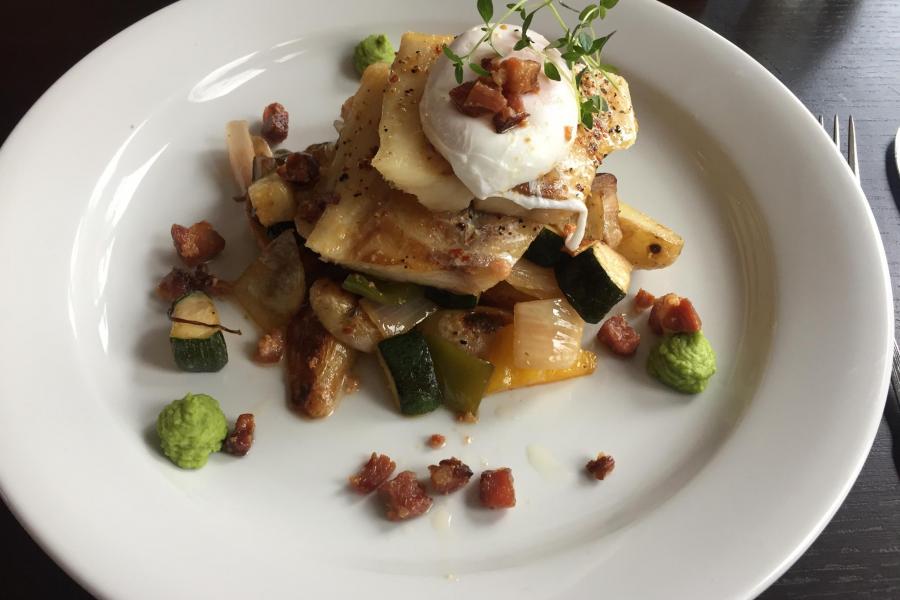Islands of the Vikings
Country
I’ve learned a lot about Vikings and about codfish in the last few days. But that’s what the Lofoten Islands are all about. That and mountains meeting beaches, laced together with winding narrow roads that wander through small settlements of commerical fishing families, quaint villages, and tidy fields of feed grass. There are also a lot of sheep wandering around the roads unsupervised.
Although it’s been cold and misty a lot, locals assure me we are having typical August weather. I don’t enjoy breaking camp in the rain, consequently I have been making use of hostels. I admit I am getting spoiled. Living indoors is pretty nice.
On the ferry to Andoya, the northern most of the Lofotens, I met up with a couple of Lithuanian motorcyclists, Tomas and Saulius. They were doing more or less the same Baltic-Scandinavian circle I am doing, but in 9 days. We shared a room in a guest house overlooking the Atlantic and watched a heavy storm move in from the west to soak the countryside over night. The next morning, I set off at my leisurely pace, exploring side roads, running down country two-tracks, and drinking coffee in a truckstop while another down-pour side-lined me for about three hours. Ian, from near Liverpool, kept me company. He vacations on his motorcycle every summer in Europe and has put over 100,000 miles on one of his BMW’s in just the past four years.
In the village of Kabelvaag on the leeward side of Vestvagoya Island, I settled down for a couple of days to further explore the island’s byways. I stumbled upon the Lofotr Viking Museum, which just happened to be hosting the annual 4-day Viking Festival. Lots of re-enactors, traditional crafts, rides in a Viking sailing boat, staged battles, and a “fashion show” of Viking garb. The museum itself is in Borg, on the site of a significant Viking archeological excavation and recreation of the largest known longhouse (83 meters), once home to a great Viking chief. It reminded me of a previous ride I took with my son Lukas when we traveled across Labrador and New Foundland and visited the Viking site at Lans aux Meadows and their longhouse.
Today I took most of the day wandering down the last three major islands to Moskenes, where I can get a ferry in the morning to the mainland at Bodo. By 4:00 PM, a windy mist began warning of predicted heavy night-time rain. I easily abandoned my plan for wild camping on the beach and took a bunk in the hostel in the village of A. That’s right, “A”. Pronounced “ooo-aah.” I need to learn more about that.
Most of the village is the Lofoten Fishing Village Museum which actually still has fishing boats going out but lives primarily from renting refurbished fishermen’s cottages to vacationers waiting for the ferry. The hostel has rooms in a 19th century codfish processing house, right upstairs from the Dried Codfish Museum. I learned a great deal about cod and it’s history in the islands going back thousands of years. Especially wind-dried cod (stockfish or “torrfisk”)which keeps for years, is 80% protein, and was the principal trading commodity of the Vikings.
As winter approaches, the cod come down from the Berents Sea. As they are brought in and processed by hand, they are hung from large wooden racks that are everywhere on the side of the road in the Lofotens. From March until about June they are dried this way. Then whatever the Norwegians don’t eat, they export. Norwegians love their dried fish. It was their “North Sea oil” before they discovered North Sea oil. I went to the village restaurant and had a torrfisk dinner and a pint of Norwegian beer. It broke my budget but was very good. I promised myself to sleep beside the road tomorrow.
The photos below don’t really do justice to the beautiful ruggedness of this area and how picturesque the cabins and villages truly are.

